12 Ways to Explore Lemon Flavors in Global Cooking

Lemons bring spice and flavor to kitchens around the world. From Morocco’s preserved lemons to Greece’s lemony soups, this citrus fruit has found its way into dishes across different cultures. Each cooking tradition has discovered its own way to use lemons, whether it’s the juice, zest, or even the leaves. These techniques can help you add new flavors to your own cooking adventures.
1. Moroccan Preserved Lemons
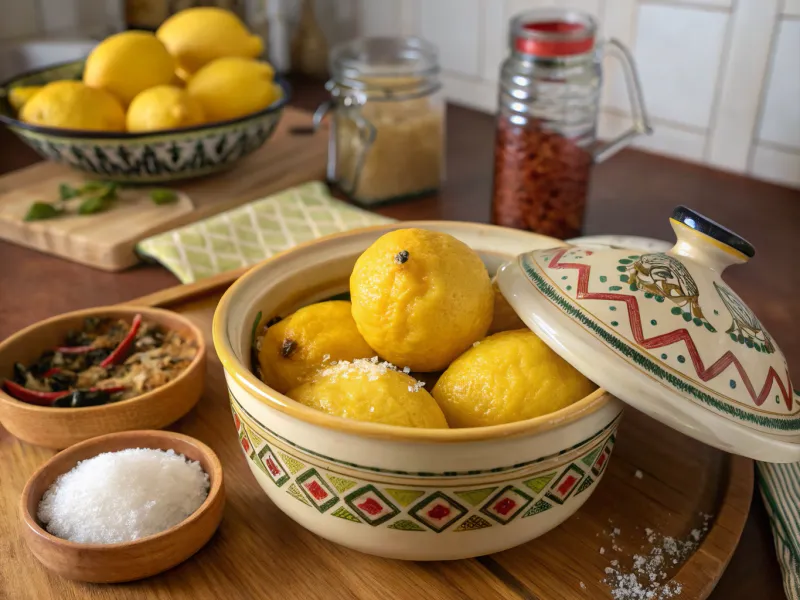
Salt changes ordinary lemons into something completely different in Moroccan kitchens. The process involves packing whole lemons with coarse salt and letting them cure for weeks in their own juices. This method makes a condiment that tastes both salty and tangy, with a soft texture that melts into stews and tagines. The preserved lemon rinds become the star ingredient, adding depth to chicken dishes and vegetable preparations. Making them at home requires patience, but the results last for months and bring authentic North African flavors to your cooking.
2. Mediterranean Lemon Zest
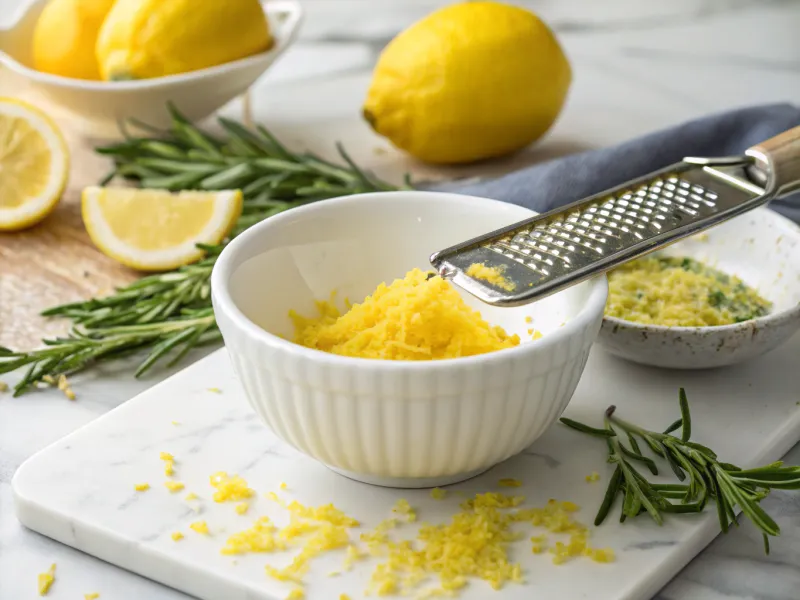
The outer peel holds concentrated lemon oils that pack more flavor than the juice itself. Mediterranean cooks have enhance the skill of using zest to brighten dishes from pasta to grilled fish. Grating the yellow part of the skin releases aromatic oils that smell like sunshine. This technique works especially well with seafood dishes, where the zest adds freshness without making the dish too sour. Always zest before juicing, and use a fine grater to avoid the bitter white pith underneath the colorful outer layer.
3. French Lemon Butter Sauce
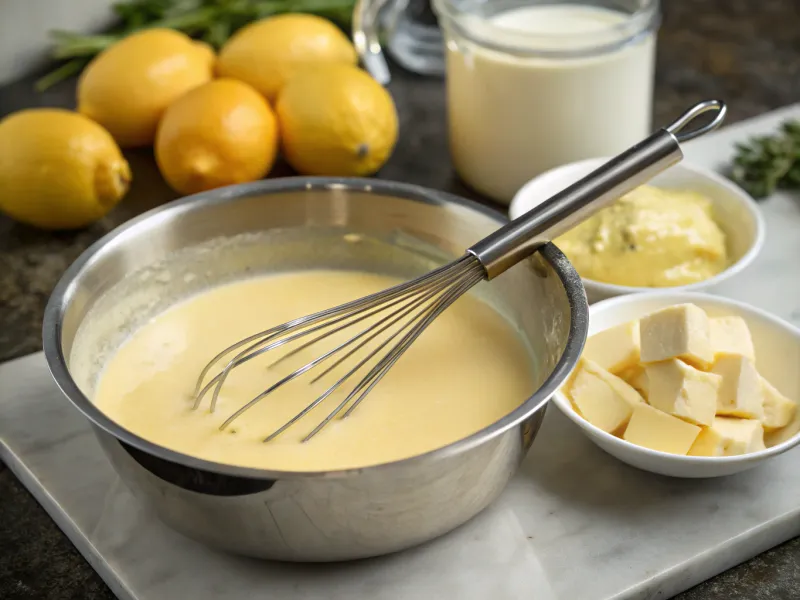
French chefs turn simple ingredients into elegant sauces that make ordinary meals feel fancy. Beurre blanc combines butter, shallots, and lemon juice into a smooth, creamy sauce that pairs beautifully with fish and chicken. The key lies in slowly whisking cold butter into the lemon reduction, creating an emulsion that stays smooth and glossy. This technique requires practice but produces restaurant quality results at home. Serve while warm, as the sauce can separate if it gets too hot or sits too long.
4. Italian Lemon Curd Desserts

Italian pastry chefs know how to balance sweet and tart flavors in their desserts. Lemon curd starts with eggs, sugar, and fresh lemon juice, slowly cooked until thick and creamy. The result is a smooth custard that works as a filling for tarts, a topping for cakes, or simply eaten with a spoon. Many Italian bakeries serve it alongside fresh berries or spread it on delicate cookies. Making curd at home requires gentle heat and constant stirring, but the homemade version tastes much brighter than store bought varieties.
5. Indian Lemon Pickle
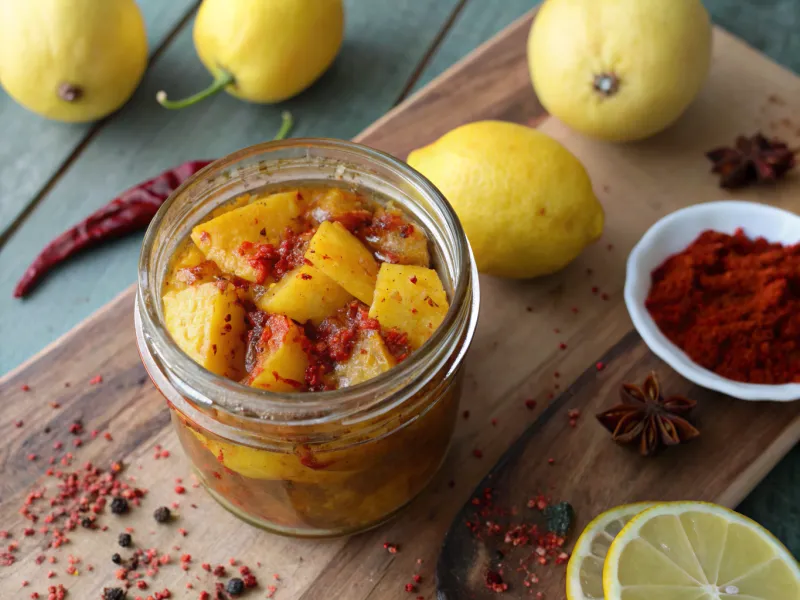
Indian households often keep jars of lemon pickle as a staple condiment that adds heat and tang to simple meals. The process involves cutting lemons into quarters and mixing them with salt, chili powder, and aromatic spices. Time and the lemon’s natural juices makes a fermented pickle that develops complex flavors over several days. Each region has its own spice blend, but turmeric and mustard seeds appear in most recipes. Just a small spoonful alongside rice and vegetables can transform a basic meal into something exciting and flavorful.
6. Greek Avgolemono Soup
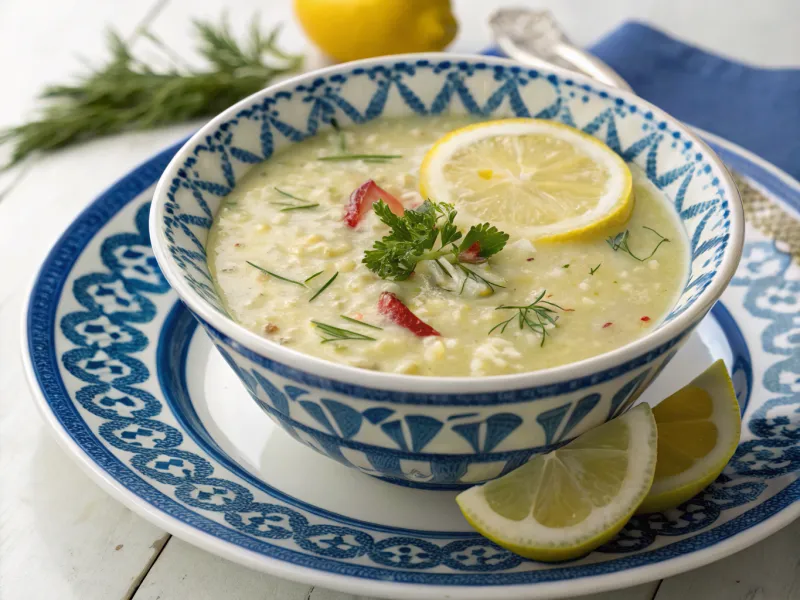
Greek cooks have been making this comforting soup for generations, combining chicken broth with rice, eggs, and plenty of fresh lemon juice. The eggs adds a creamy texture without using any dairy products. The skill involves tempering the eggs by slowly adding hot broth while whisking constantly, preventing them from scrambling. This technique adds a smooth, soup that tastes both rich and refreshing. Many families serve avgolemono when someone feels under the weather, as the warm broth and bright lemon flavors provide comfort and nourishment.
7. Asian Lemon Leaf Wrapping
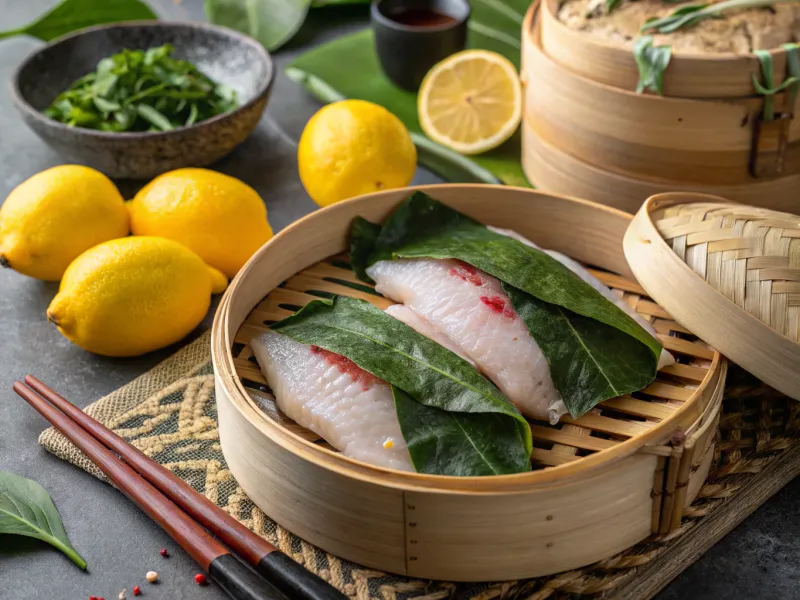
Southeast Asian cooks discovered that lemon leaves make excellent natural wrapping papers for grilling fish and chicken. The leaves protect the food from direct heat while infusing it with subtle citrus aromas. This technique works especially well with delicate fish fillets that might otherwise fall apart on the grill. The leaves steam the food gently, keeping it moist while adding a mild lemon fragrance. Finding fresh lemon leaves might require a trip to an Asian grocery store, but the results are worth the effort for this traditional cooking method.
8. Middle Eastern Lemon Rice

Middle Eastern cooks often finish their rice dishes with a squeeze of fresh lemon juice, changing plain grains into something juicy and flavorful. This simple technique works with both white and brown rice varieties. The lemon juice gets stirred in just before serving, preserving its fresh taste and preventing the rice from becoming mushy. Many recipes also include toasted nuts or fresh herbs for added texture and flavor. This preparation method works well as a side dish for grilled meats or as a base for vegetable dishes that need a little enhancement.
9. European Lemon Baking Techniques

European bakers understand the science behind using lemon juice in their recipes. When lemon juice meets baking soda, it adds bubbles that make pancakes lighter and cakes more tender. This reaction happens quickly, so batters containing lemon juice should be cooked immediately after mixing. The acid also helps activate other leavening agents, making better rise in baked foods. Many traditional European recipes rely on this technique, from fluffy pancakes to delicate sponge cakes that have been family favorites for generations.
10. Turkish Lemon Beverages

Turkish cuisine includes many refreshing lemon drinks that help beat the summer heat. Lemon sherbet, made with fresh juice, sugar, and water, has been a traditional beverage for centuries. Street vendors often sell these drinks from large glass containers, serving them over ice with fresh mint leaves. The balance between sweet and tart produces a drink that quenches thirst better than plain water. Making these beverages at home requires finding the right balance of flavors, but they provide a healthy alternative to commercial soft drinks.
11. Latin American Lemon Marinades
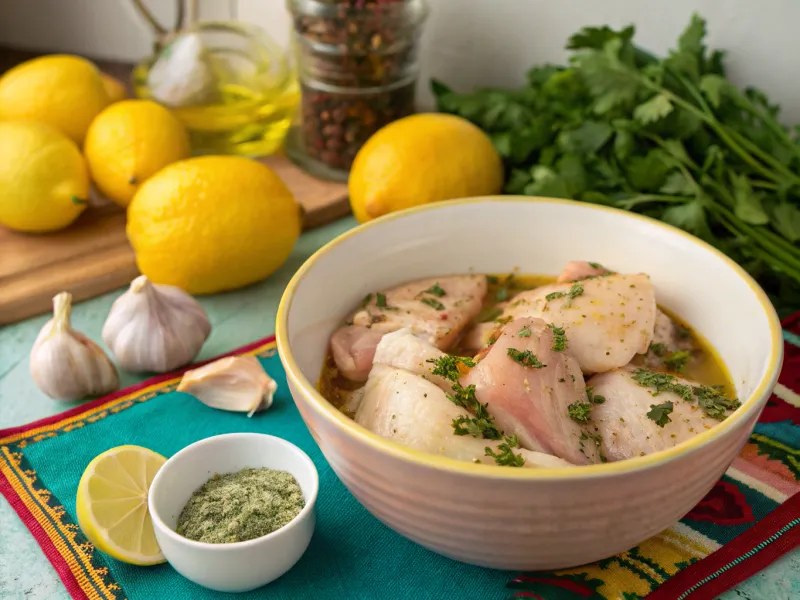
Latin American cooks use lemon juice as a natural meat tenderizer in their marinades. The acid breaks down tough fibers in chicken and beef, making them more tender and flavorful. These marinades typically combine lemon juice with garlic, herbs, and spices, creating complex flavor profiles that penetrate deep into the meat. The process requires several hours but results in tender and tasty dishes. This technique works especially well for grilled meats, where the caramelized exterior contrasts beautifully with the tender, lemony interior that develops during the marinating process.
12. Scandinavian Lemon Preservation
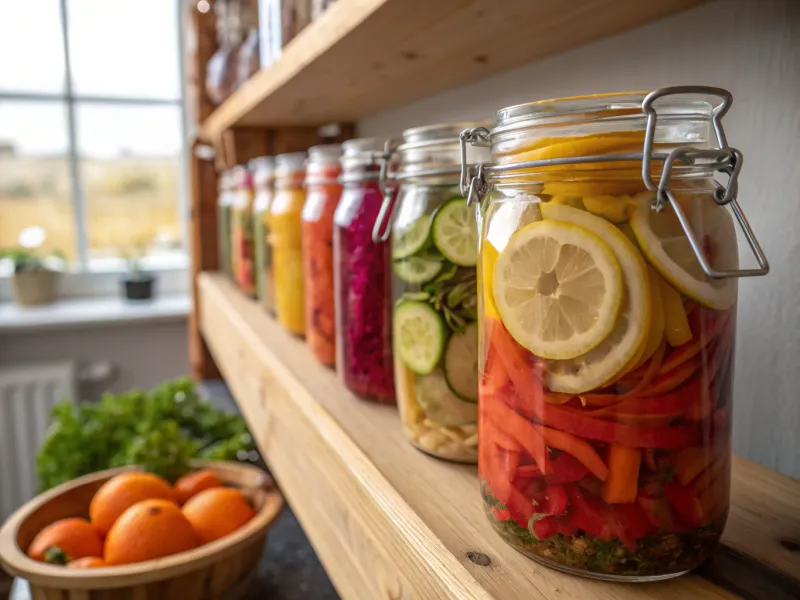
Scandinavian countries have long traditions of preserving foods through fermentation, and lemon plays a supporting role in many of these processes. The citrus adds brightness to fermented vegetables while helping maintain proper acidity levels. This preservation method extends the shelf life of seasonal vegetables while developing complex, tangy flavors that complement the region’s simple cooking style. The lemon doesn’t ferment itself but enhances the overall flavor profile. Home fermentation requires clean equipment and patience, but the results provide healthy, probiotic foods that add variety to winter meals when fresh produce becomes scarce.
